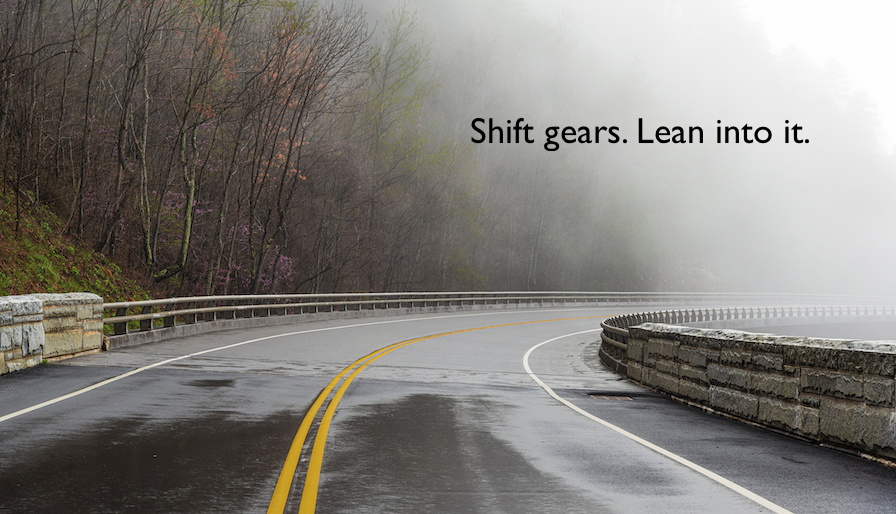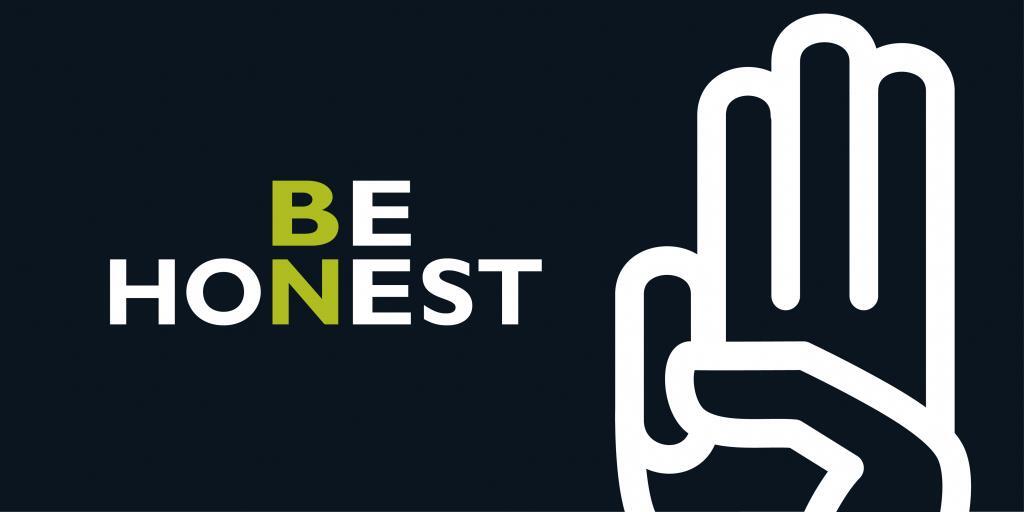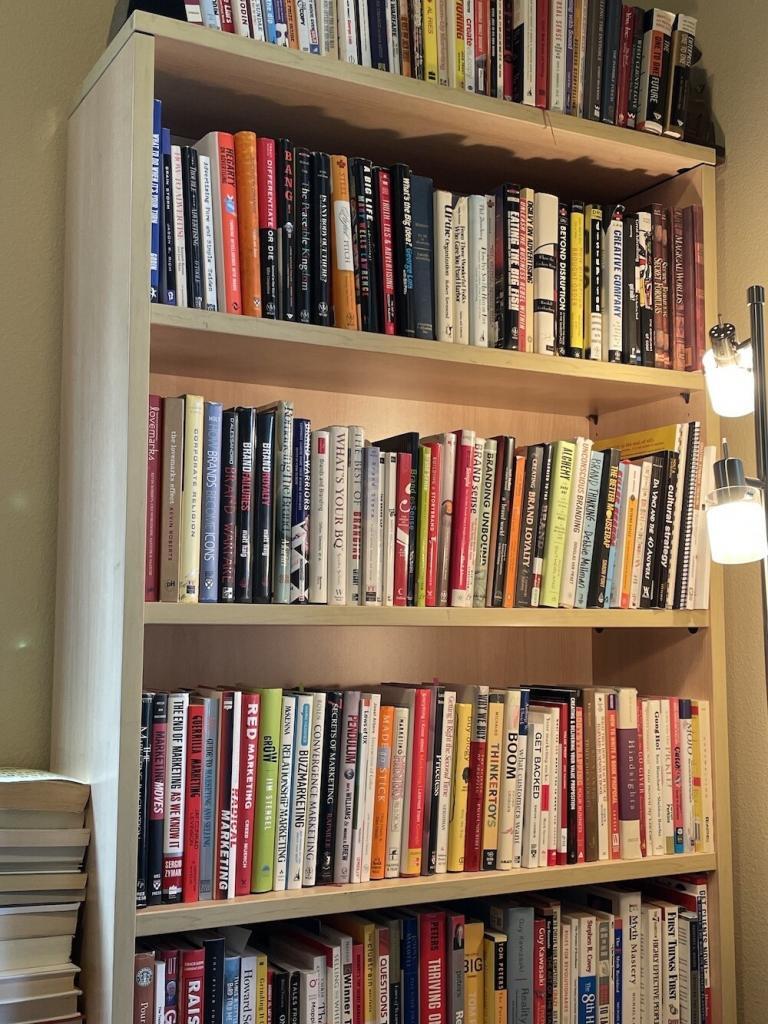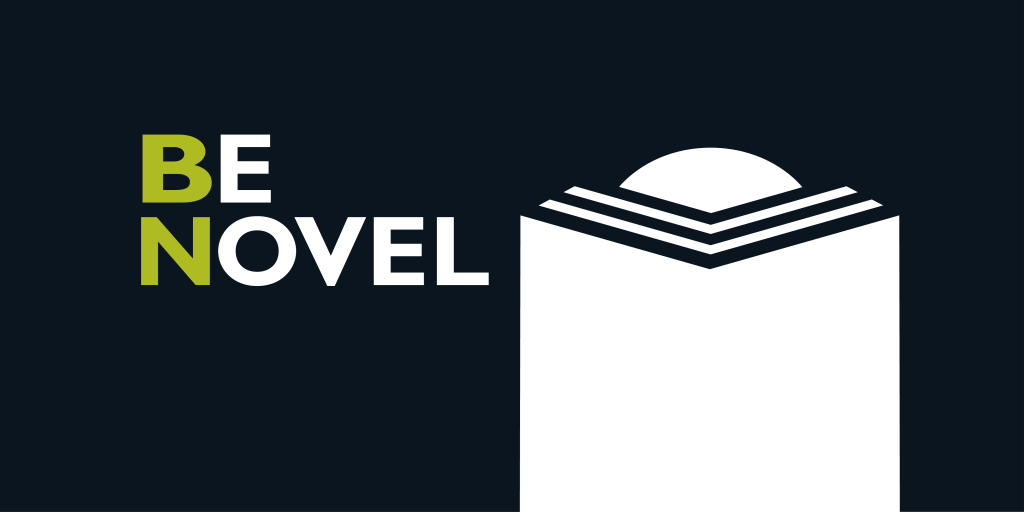![]()
Everyone’s fixated on short copy these days… Gotta write as if everyone’s hyper-distracted and generally blind to anything that’s set in type.
But in the rush to shorten, truncate and boil every good idea down to a tweetable gif or an infographic, many marketers are missing the nuances that translate to more engagement, better conversion, and increased sales.
One of the best exercises you can do, from a long-term branding standpoint, is to write the long format version of your customer’s journey. Not just a customer journey map, the whole story.
If you skip over that your brand narrative’s never going to take shape. It won’t move anyone.
The long-format customer journey process forces you to think things through more thoroughly. You have time to get inside their heads, question assumptions and empathize with your audience every step of the way.
Chances are, you’ll think of things you’ve never thought of before when writing all those bite-sized blurbs of copy.
Of course, long stories won’t appeal to everyone, but they can be amazingly effective closers for people who are way deep in the sales funnel. They’ve already read all your little blurbs, and they need more. They’re hungry for something deeper that will prove you “get it.”
There’s a reason why publishing an entire book is such an effective sales tool.
So here’s an example of a customer journey story that I did for my own company…
If you’ve ever wondered how it feels to have a transformational working relationship with a strategic branding firm, here it is:
Sean’s alarm blaring in his ear woke him from a lucid, half-real world of hassles, unaccomplished tasks and an overwhelming sense of professional doom. It was the same recurring scene every morning.
His business was haunting him.
It felt like a merry-go-round of managerial challenges, operational headaches, and most of all, marketing problems. Nothing he tried seemed to work.

Sean never claimed to be a salesman or a marketing expert. He’s a chef by trade and a foodie at heart. So in the early years of his start-up, he had to learn the hard way… Trial by fire. Learning through YouTube. And endless Google searches:
“How to be a better salesman.”
“How to handle a sales team.”
“How to get more out of your marketing budget.”
“How to hire the right marketing person the first time.”
“How to deal with new competition in your market.”
On and on and on.
He learned just enough to get himself into trouble and discover that marketing would never be an area of expertise for him. So, wisely, he began hiring around his weakness so he could focus on the other aspects of his business — the areas where he naturally excelled.
As his business grew Sean hired all sorts of marketing people, from seasoned C-level pros to college interns. Of all the positions at his company, that was the one role that proved problematic.
It was a revolving door. A lot of talented people came and went, and every time it felt like Sean had to start over from scratch.
He and his team also hired a hodgepodge of outside marketing agencies, hoping for some answers.
- There was the digital marketing agency that did his website and charged a hefty retainer for SEO services.
- There was the digital ad agency that promised a 10x return on every dollar he spent. But the only thing that really mattered to them was the hyper growth of their agency.
- The marketing consultant who delivered a highly strategic report that’s still collecting dust. He never quite knew what to with all that data.
- The ad agency that knew a lot about buying media and running ads, but nothing about creating them. Nothing about the nuances of persuasion, differentiation or art direction.
- There was the design firm that produced a lot of nice looking graphics and an award-winning logo without ever talking business.
- There was even a social media agency that pushed him into TicToc ads and a high-priced influencer campaign that went nowhere.
His marketing efforts were all over the place and his results were less than stellar.
Eventually the growth of his company stalled out and Sean’s confidence waned. Sales began to decline, despite some new product launches. Small issues seemed to snowball. Margins shrank. The bank was breathing down his neck and the vultures were circling.
He needed help desperately, but he didn’t know where to turn.
Sean didn’t need any more tactical, technical marketing solutions. What he needed was a whole new marketing mindset.
A bigger, brand mindset.
See, you can’t do any marketing without doing branding. It’s impossible.
Every little executional detail of every marketing tactic affects your brand in one way or another, so you better get your head around this branding thing.
Even your operational decisions are branding related…
When you choose a particular vendor or a distribution partner, they become brand affiliations. When you hire a certain person for their “fit,” that says something about your brand. Choosing a location has tremendous branding implications. How you answer the phone, write an email and respond to social media comments is branding.
Everything you do in business is branding. It all matters!

Once Sean figured that out and started looking at his business through a holistic branding lens, he realized what he had been missing:
The 1st Fundamental of marketing. One cohesive strategy to guide all those random tactical efforts.
That’s how Sean began to turn things around; He simply downloaded an ebook, poured himself a beer and spent 15 minutes reading.
What he learned was he’s not alone in his struggle.
Very few entrepreneurs think about brand strategy. They don’t map out the customer journey or articulate the true value proposition. They dive right into tactics without any strategic direction at all.
A recent article in Harvard Business Review shows that the majority of VP and C-level execs don’t know their company’s strategy. Or at least they can’t verbalize it without launching into long-winded corporate mumbo-jumbo.
Even Nike’s founder, Phil Knight, admits that they didn’t have a cohesive strategy for the first 20 years in business. Not until “Just Do It” came along.
Anyway, Sean put every marketing activity on hold until he could get his head around this whole branding thing.
Instead of worrying about the latest marketing hacks he shifted his focus and began studying his customers and the brands that inspired him.
He learned from the leaders who ran those brands.
He studied the marketing campaigns of those brands and the discipline of brand strategy in general. He learned the difference between marketing tactics and strategy, and he finally got a handle on the customer journey that his people were experiencing.
After a while he reframed his perspective of branding entirely.
With a little coaching from BN Branding he changed his point of view on marketing altogether. He quit beating himself up over past mistakes, and found his passion again.
For the first time in his career, he had a marketing partner that provided, insightful strategic direction PLUS the creative chops and problem solving skills needed to execute on that plan.

Full discloser here: Sean’s a fictional character, but his situation is quite real.
His wants, needs and desires are based on hundreds of clients I’ve worked with since I hung up my own shingle in 1996.
There are parts of me in him as well. I’m no different than any other hard-working small-business owner.
I’ve experienced the head-rushing wins every entrepreneur dreams of. Like selling my first brand identity to Google. I’ve won advertising industry awards and watched clients sell their companies for ridiculously high valuations based on subjective brand equity numbers.
I’ve also suffered crushing defeats.
I’ve lost good accounts for all sorts of dumb reasons — even though we produced outstanding returns.
I’ve struggled, at times, to practice what I preach. (It’s always harder to do marketing for your own company than it is to do marketing for a client’s company.)
The economic crash of 2009 devastated Bend, Oregon and nearly bankrupt my company. And, of course, there’s the COVID pandemic.
Here’s what I’ve done, through every downturn and every bump in the road, to maintain my sanity and keep moving forward:
I’ve kept on learning and I’ve kept on doing what I do best… strategizing, writing, concepting. Because as Seth Godin says, “good things happen when you keep showing up.”
You’d be amazed how many companies fail simply because one of the founders stops showing up. So I just keep at it, every single day.
I watch videos, listen to podcasts, take online classes I read. A lot!
 My personal library includes 327 business books, dog-eared and highlighted.
My personal library includes 327 business books, dog-eared and highlighted.
• Management Classics like “Built To Last” by Jim Collins, “The E Myth” by Michael Gerber, “Crossing the Chasm” by Geoffrey Moore and “The Pursuit of Wow!” by Tom Peters.
• Complete collections from marketing gurus like Seth Godin, Guy Kawasaki and Reis & Trout.
• The best of the best from the advertising world, including Marty Neumeier, Jean-Marie Dru, Martin Lindstrom, Kevin Roberts, Roy H. Williams and George Lois.
• Classic sales books from Robert Cialdini, Harvey McKay, and Harry Beckwith.
• And outstanding business biographies on Patagonia, Nike, Zappos, Starbucks, Clif Bar, Columbia Sportswear and many others.
And most importantly, I write. Habitually.
Combine all that with 30 years of direct client experience and you get an unstoppable marketing partner who can help transform ordinary companies into iconic brands.
That’s what Sean got when he began working with BN Branding…
One-on-one brand coaching from me, as well as all the executional support he needed from my team.
His business exploded once he accepted two things:
- That he was uninformed and basically ignorant of fundamental marketing principles. He had to embrace his ignorance for a minute.
- That he had to take responsibility, himself, for the marketing of his company. No one person, or one firm, is going to do it for him.
Like I always said, we can solve 66% of all his marketing issues, but the other 34% was on him, as the CEO. It always is. You can’t abdicate responsibility for that crucial piece of your business.
Sean’s acceptance is what instigated positive change.

It came from within.
For the first time in a long time he felt downright motogized. And everyone around him could feel it.
The first thing he noticed was the reaction of people who he was talking with about his business… Their eyes weren’t glazing over, they were lighting up.
His messaging made more sense and his presentations began to sing like a Pavarati in a taxi cab.
They couldn’t miss it. Couldn’t ignore it.
It wasn’t just the words he used, straight from his newly printed brand bible. It was also his demeanor. It rubbed off on his vendors, his prospects and his employees. Everyone seemed to rally around his new strategic imperative. His new Brand mindset.
It wasn’t long before his sales team began to close more sales and his ads produced more clicks. With his strategic guidebook in hand, he was able to manage the tactical marketing activities effectively, without all the headaches he used to have.
Some of those tactics were handled in house, some were handled by his agency partners at BN Branding. It was an effective collaboration and the perfect combination of skill sets.
When Sean relaunched his advertising he noticed a significant jump in response rates and social media buzz.
The phone started ringing with requests for interviews and podcast appearances.
The redesign of his packaging seemed to lift everyone’s spirits and provided on-shelf visibility like never before.
The new website boosted his ecommerce sales dramatically.
For the first time, he felt like all the pieces were coming together. He had strategic insight, marketing guidance and creative ideas coming out his ears.
Of course, there were still some little hiccups. Always are. And the customer journey narrative continues to evolve. But since everyone was on the same page strategically, the little things didn’t snowball into the disasters of the past.
The business was growing again, and Sean began to look to the future. Instead of being so bogged down with the day-to-day nightmares, he was free to be the CEO. The leader. The visionary.
All that progress at the office carried over to his life at home too. He found time for cooking and snowboarding and a little bit of travel.
Even his sleep patterns improved somewhat. Instead of waking up worried and worn out, he bolted up bursting with ideas. Sometimes at 3:00 a.m.
If you need help updating your customer journey contact me at BN Branding. Or reach out on LinkedIn.

